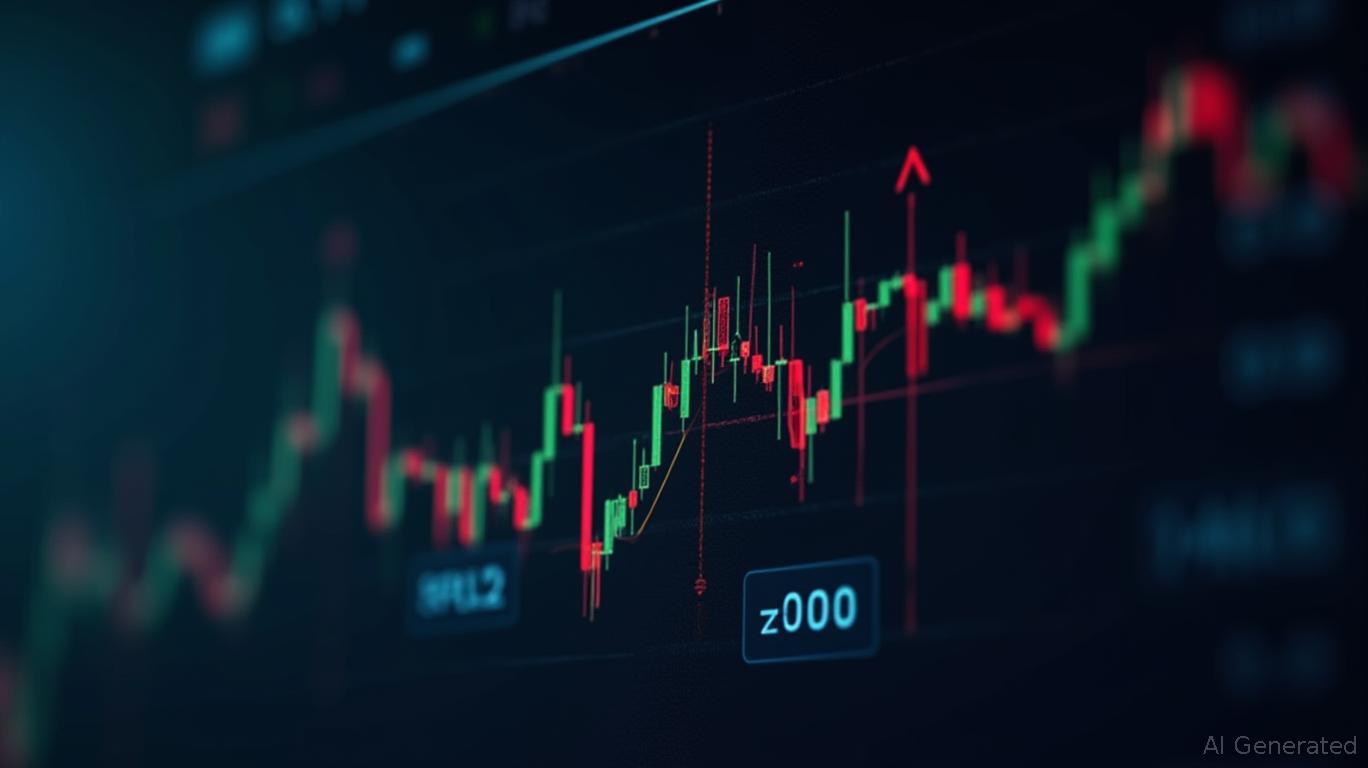Alpha Metallurgical Resources: A Renaissance-Favored Small-Cap with Volatility and Potential
Alpha Metallurgical Resources (AMR), a producer of metallurgical coal for steel production, has emerged as an intriguing small-cap play amid shifting institutional sentiment. While its $2.04 billion market cap as of April 2025 straddles the line between small- and mid-cap classifications, the stock has drawn attention for its inclusion in the portfolio of Jim Simons’ Renaissance Technologies (RenTech), which held 4.15% of shares as of late 2024. This article examines AMR’s valuation dynamics, institutional backing, operational risks, and upside potential.

Market Cap: Small-Cap or Mid-Cap?
The debate hinges on valuation thresholds. By traditional benchmarks, small-caps are typically under $2 billion, placing AMR just above this threshold as of April 2025. However, some classifications extend small-cap limits to $3 billion, allowing AMR to qualify. The company’s market cap has fluctuated sharply in recent quarters, dropping from $3.13 billion in September 2024 to $1.51 billion in February 2025 before rebounding to $2.04 billion by April. This volatility underscores its sensitivity to commodity cycles and macroeconomic conditions.
Institutional Momentum: RenTech’s Stake and Peer Activity
Renaissance Technologies’ $108 million position in AMR (as of Q4 2024) signals confidence in the stock’s potential, even as the firm’s Q1 2025 holdings remain undisclosed. Other institutions, including American Century Companies (9.8% stake) and Charles Schwab (12.7%), also increased holdings in late 2024, reflecting a broader shift toward the stock. While RenTech’s activity in Q1 2025 is unclear, the firm’s history of tactical shifts in volatile sectors suggests AMR could remain a focus if coal demand recovers.
Financial Health: Liquidity Strengths vs. Earnings Weakness
AMR boasts a robust balance sheet, with $481.6 million in cash and a debt-to-equity ratio of just 0.1%, shielding it from liquidity crises. However, its Q4 2023 earnings missed estimates, with a $0.16 diluted loss per share and 35.7% year-over-year revenue decline to $617.3 million. Analysts have downgraded price targets, yet some praise its disciplined cost management and buyback programs.
The stock’s price action mirrors this duality: trading at $115.44 in early 2025, it remains far below its 52-week high of $361.17 but above its low of $100. The 50-day moving average ($127.08) and 200-day average ($180.08) suggest downward pressure, though recent rebounds may signal buying opportunities.
Risks and Catalysts
Upside Drivers:
- Coal Demand Recovery: Metallurgical coal prices could rebound if Chinese steel production stabilizes, buoyed by infrastructure spending.
- Cost Discipline: AMR’s focus on operational efficiency and asset optimization may improve margins.
- Institutional Support: RenTech’s historical performance in volatility-driven markets could amplify returns if the stock rebounds.
Downside Risks:
- Earnings Volatility: Persistent losses or further revenue declines could deter investors.
- Commodity Cycles: Coal prices remain tied to global economic health, with risks from inflation or a slowdown in steel demand.
- Regulatory Headwinds: Environmental policies targeting coal could limit long-term growth prospects.
Conclusion: A High-Reward, High-Risk Play
AMR presents a compelling yet speculative opportunity for investors willing to tolerate volatility. Its mid-to-small-cap status, RenTech’s involvement, and $481 million cash buffer provide a foundation for resilience. However, the stock’s -64.35% annual return as of April 2025 and reliance on cyclical coal markets demand caution.
The key question is whether the company can stabilize earnings while benefiting from a recovery in industrial metals. If RenTech’s strategic patience pays off—perhaps via a rebound in Q2 2025 earnings or a coal price surge—the stock’s current valuation could offer asymmetric upside. For now, AMR remains a niche bet for investors with a high risk tolerance, positioned at the intersection of institutional clout and commodity-driven uncertainty.










